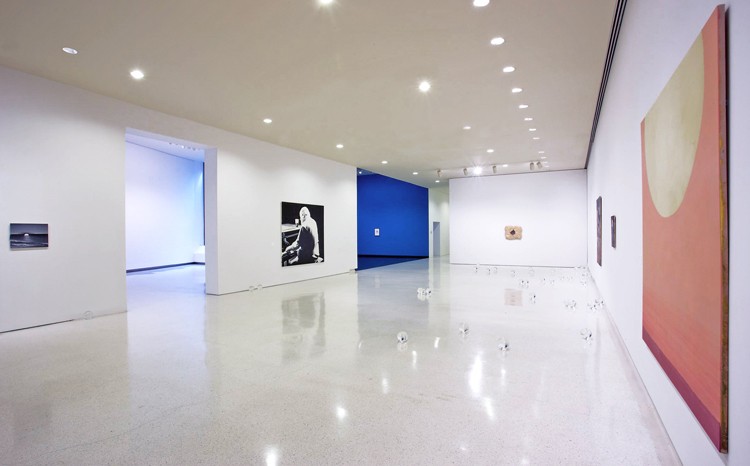Life on Mars: the 55th Carnegie International


Escher GuneWardena’s design of the 2008 Carnegie International explores the subtle relationships between the curator’s concept for the show, the work of the artists, and the exhibition design elements. Spatially, a relationship always exists between the artists’ works, the physical container of the museum, and the world beyond. Curator Douglas Fogle's Life on Mars text examines issues of connectivity - preoccupation of artists to examine, define, and occupy space (Paul Thek - earth from outer space, Mario Merz - Fibonacci numbers).
Architecture deals with the definition of space. One of the more important tasks of an architect is the manipulation of numbers (ratios, proportions, spans), often traceable through hidden ordering systems related to the making of buildings (Feng Shui, Vastu Shastra, and the Golden Section, le Modulor, etc.). In the design of this exhibition, Escher GuneWardena exploits the use of one of these systems, the Fibonacci sequence to create an invisible order for organizing the architectural elements of the show. All built elements inserted into the existing spaces of the museum by the architects are dimensioned using Fibonacci numbers. The sequence in its simplest form appears in the pleasing shape of a well-proportioned rectangle, but can also be revealed in complex cloud formations. While deferring the apparent domination of the space to the artist’s work itself, the invisible order of the architects quietly pervades the entire museum.



